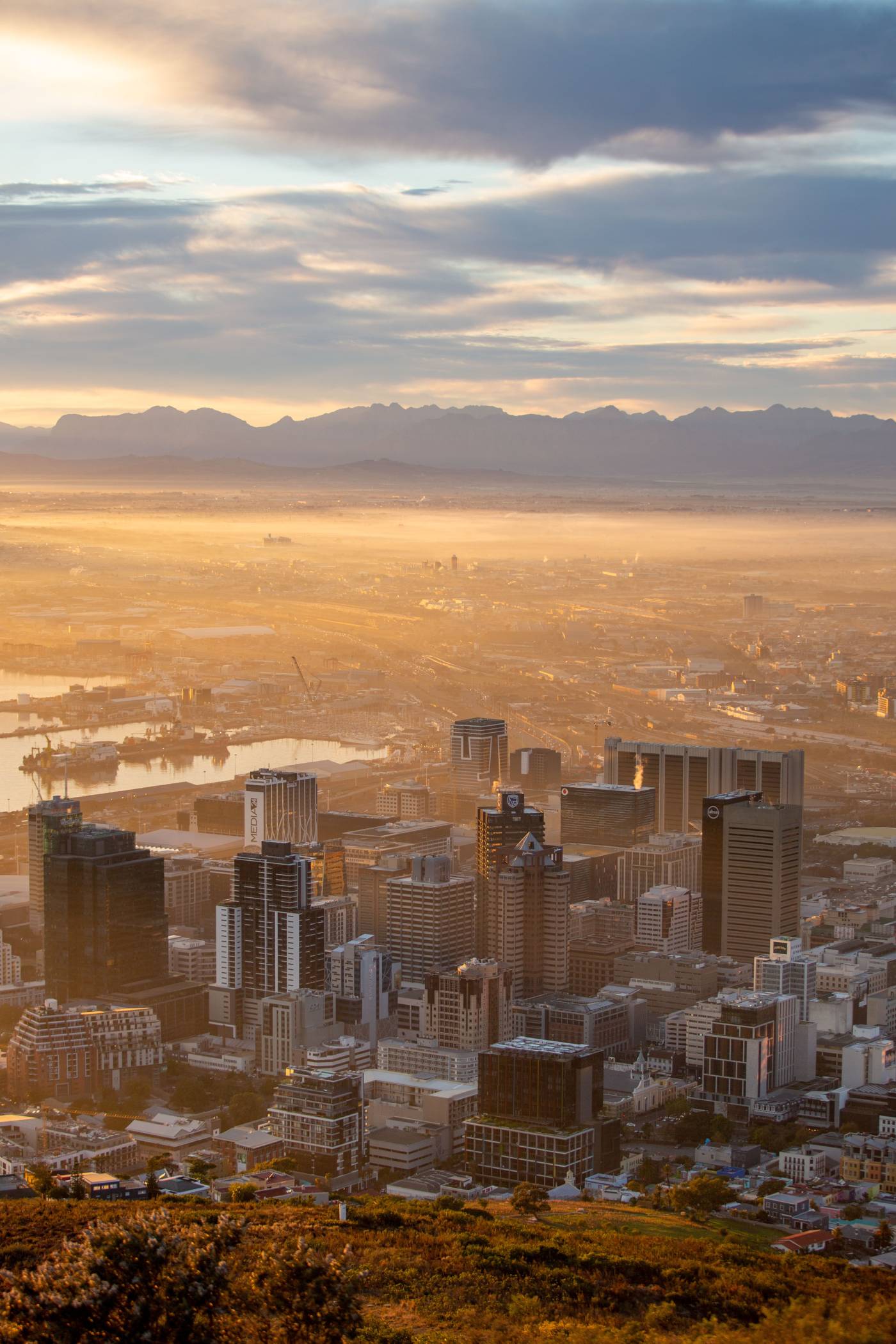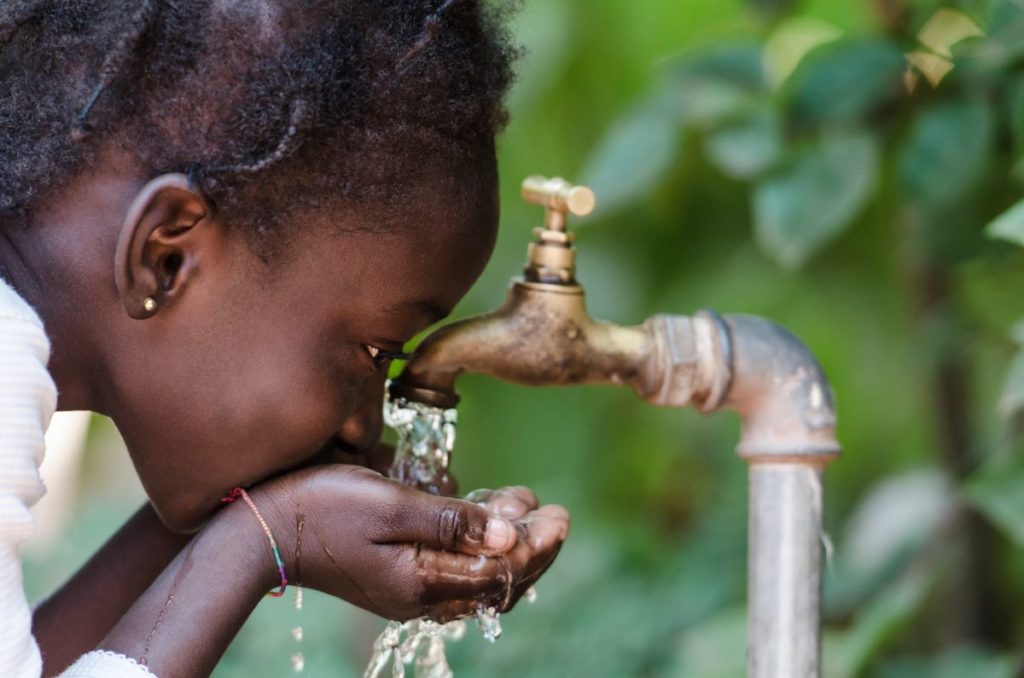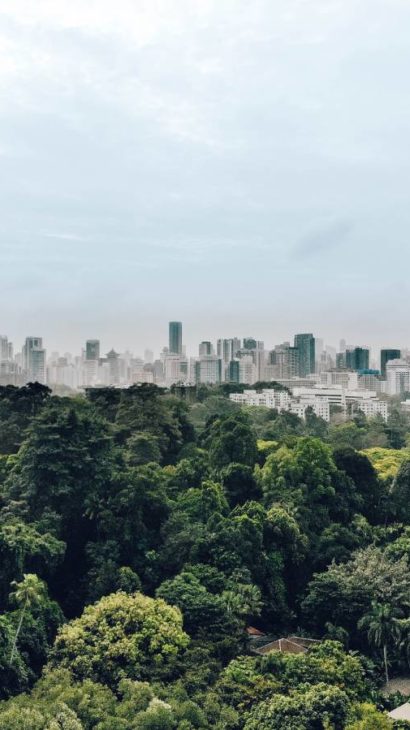Regenerative Cities
Building regenerative cities now, to generate a positive future for all.
What is a Regenerative City?
At a time when the acceleration of climate change and biodiversity os sis putting humanity at risk, cities must invent a new way to develop which ensures they regenerate, replenish and sustain natural surrounding assets while creating opportunities for all to thrive.
Responsible cities. Currently, over 50% (more than 4 billion) of the world's population live in cities, and by 2050 this share is expected to rise to 68%, nearly 7 billion people. Responsible for 75% of global GHG emissions, cities' consumption patterns and changes in land use due to urbanization have a devastating impact on our biodiversity, accounting for 29% of biodiversity loss. As the world leaders confront the interconnected crises of climate change, biodiversity loss and COVID-19, cities have emerged as critical spaces for innovation to address these
global risks. Transforming the relationship between cities and nature has the potential to increase urban resilience and relieve the environmental pressure caused by rising urbanization rates.
Regenerative cities. A regenerative city is an urban development built on an environmentally enhancing and restorative relationship with the natural systems from which the city draws resources for its subsistence.
Our vision. We want to build cities for thriving communities, that provide essential services to all, while restoring their footprints on their natural ecosystems.


Regenerative cities will rise from Africa
Africa regenerative urban development. Africa, with 30% of natural resources, 15% of forests, 25% of biodiversity and 20% of the world’s population, is the cradle of a new model of regenerative development. Also, there is no part on the planet that is urbanizing faster than sub-Saharan Africa. The continent’s population of roughly 1.2 billion is expected to double by 2050. More than 80% of that growth will occur in cities. Yet, most of the cities from 2050 have not been built yet ; and while the continent is the most affected by climate change and biodiversity loss, it also harbors precious natural resources and an appetite for innovation and entrepreneurship.
We believe that regenerative cities will rise from Africa.


Regen Sectors
Delivery of essential services : water (water solution for water delivery services), sanitation (safe and affordable sanitation services), waste management (hygienic, efficient and economic waste storage, collection, transportation and treatment or disposal of waste), energy (reduce fossil fuel dependence and develop decentralized renewable energy production) , food (urban and peri-urban agriculture).
Nature-positive infrastructure (housing, mobility).
Protection of natural resources (water, soils) and biodiversity: preservation of natural resources, protection of soils, ecosystems restoration, land restoration and carbon sequestration.


